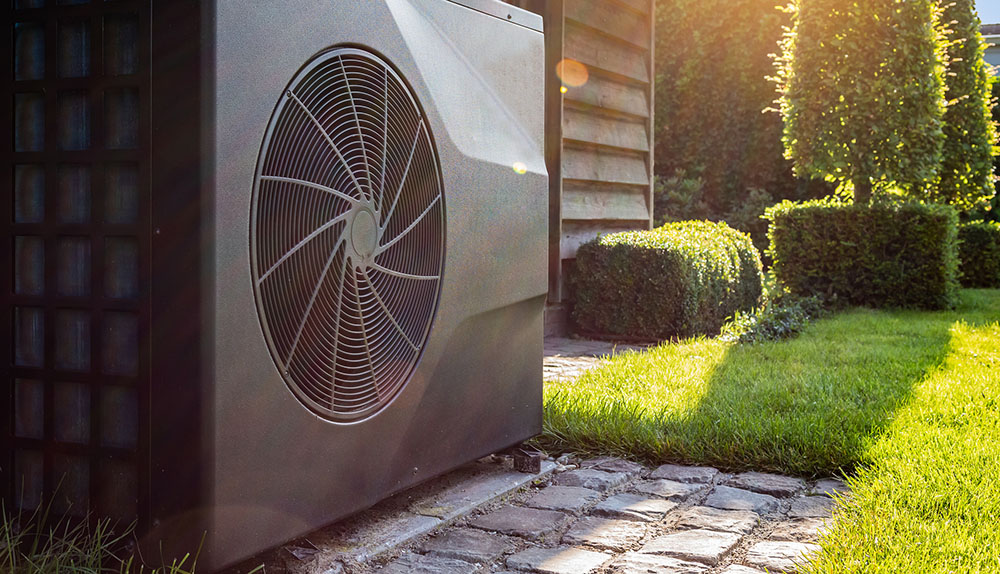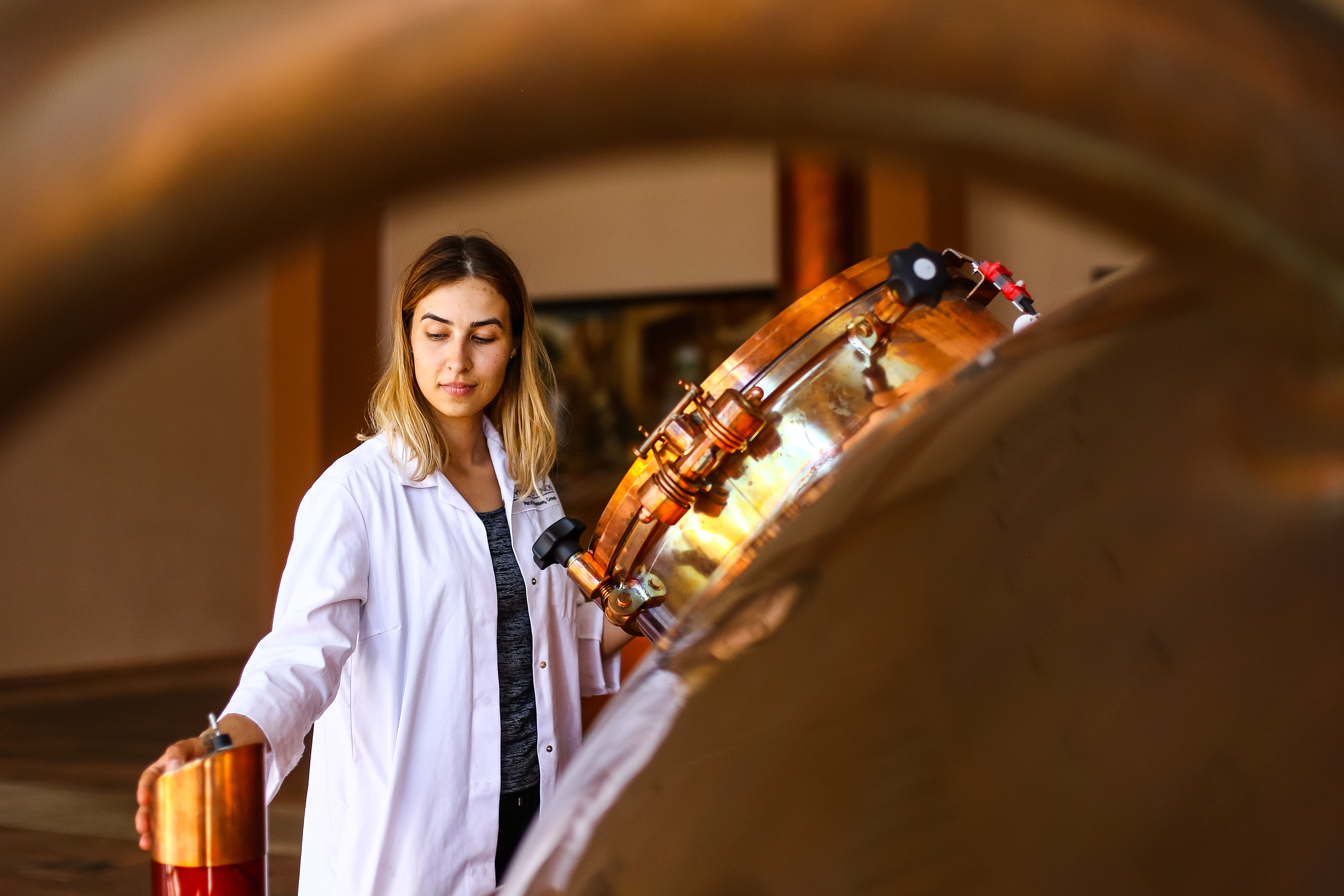At Christmas many of us spend and consume a little more than usual. We do this to indulge ourselves and to celebrate the festive season, brightening up the bleak midwinter period.
But with increasing waste issues, and the climate change emergency, it is more important than ever to celebrate Christmas in a way that doesn't cost the Earth.
To help with this, the Carbon Trust has put together some simple tips for an equally merry, and hopefully more sustainable Christmas.
There are two main things everyone can do which help to reduce the overall environmental impact of Christmas:
- Share your Christmas with friends and family members. It is much more energy efficient to cook one meal and heat one home rather than two, three or four.
- Avoid buying things that won’t be used or need to be immediately thrown away. This goes for gifts and items used for festive celebrations.
At home
- Having the oven switched on while cooking for hours keeps the house warmer than usual, meaning you can use less central heating.
- Closing the curtains when the dark December day is drawing to an end can help retain even more heat.
- Switching off lights at night, especially outside, can help reduce power further.
- For those replacing Christmas lights, we would recommend buying LED versions, these are more efficient and can be used for years to come.
Gifts and decorations
- Avoid buying things that will not get used or will be thrown away immediately.
- Buy good quality toys that can be passed on to friends, family and charity shops. This gives them a second, or even a third life. Also consider purchasing preloved or refurbished items.
- If you are looking at buying electrical equipment, consider the energy use across their life span. More efficient equipment can sometimes cost more up front but will save on energy bills in the long run.
- Reuse wrapping paper wherever possible or make your own using newspaper or magazines.
- Unsurprisingly, gifts that don’t consume electricity, such as toys and books, tend to have a lower carbon footprint than those that do.
- The vast majority of gifts inside Christmas crackers never last beyond the end of the meal. Consider crackers with just jokes and hats, and make sure to recycle the paper and cardboard afterwards.
The tree
The question of whether a real or artificial tree is better for the environment is a hardy perennial discussion, much like the beloved festive pines themselves.
But unfortunately, there is no one right answer. The most sustainable choice will depend on the tree, your plans for reuse, then options for disposal.
- An artificial tree, used over multiple years (7-20 years, depending on the weight and materials used) is better for reducing emissions than buying a new, commercially grown tree every year. There is however, the issue of plastic or metal elements which, depending on their recyclability, could become waste.
- For real trees, those grown slowly and without fertilizer, are preferable to intensively grown options. Also look for trees grown locally, rather than options with higher transport emissions. We would suggest buyers check to see if a tree is certified by the Forest Stewardship Council.
- Potted trees (with roots) are able to be re-used. This spreads the carbon footprint over multiple years and potentially avoids transport emissions by keeping the tree at the same property year-round. This makes them a more sustainable option if you’re after a real Christmas tree.
- If you are buying a live tree each year, reuse your stand or pot for as many years as possible. Buying a new one each year has a significant impact on the footprint of your tree.
Tree disposal
Different methods of disposal for a Christmas tree can also have a big impact on its footprint.
- Replanting, for a potted tree with roots, is the preferred method. It allows continue use as there is no disposal.
- Having your Christmas tree chipped to spread on the garden will significantly reduce the carbon footprint by up to 80%.
- Burning the tree, such as on a bonfire, emits the carbon dioxide that it stored up when it was growing, so there is no net increase to emissions in the atmosphere.
- If a tree is sent to landfill, it will produce methane gas as it decomposes. Methane is 25 times more potent than carbon dioxide, creating a larger footprint.
Travel
People often travel significant distances to visit family and friends at Christmas. Where possible, it is worth considering how these journeys could be more environmentally friendly.
- Avoid air travel if you can, as this is one of the largest carbons impacts an individual can have.
- A lot of people are travelling at the same time – check to see whether you can share a car or take public transport.
Christmas dinner
Eating is the focal point of the day for most Christmas celebrations. Reducing a meal’s emissions and waste doesn’t need to reduce enjoyment.
- Consider what you cook for the main course. Turkey has a lower carbon footprint than beef, and vegetarian options are lower still.
- Be mindful of cheese, which has a very high carbon footprint.
- Don’t preheat the oven for too long, or leave it on after the meal is prepared to keep food heated.
- Let people serve themselves the amount they want to eat, rather than dishing it out. Food left in a serving dish can be eaten as left overs the next day, whereas food left on plates will often be binned.
- Make sure to use your leftovers in the days after Christmas - if there is too much to eat, share it around.
Lasting impacts
Christmas is a celebration that is sometimes all too short. Most of us have a higher environmental impact than usual during this period, but it can be a great time to form lasting habits and encourage broader change.
With a lot of people together, the actions that you take have a good chance of being noticed and influencing others. This effect can be increased by telling people what you are doing and why.





